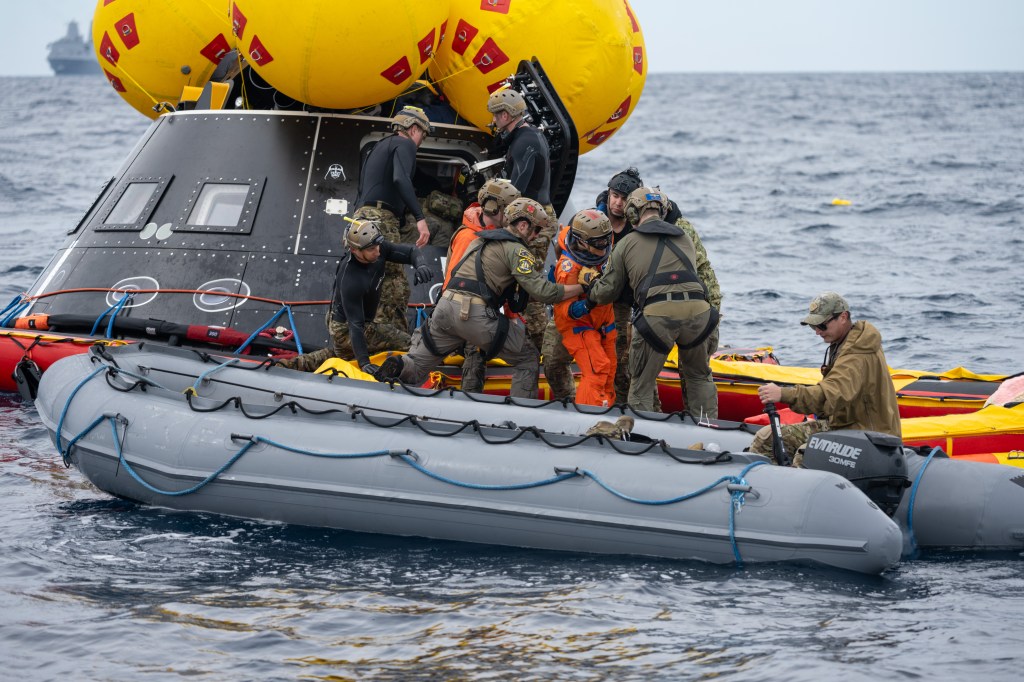
By Linda Herridge
NASA’s John F. Kennedy Space Center
When astronauts embark on long-duration missions in the future, crews will grow food to supplement what they can bring with them. More than 20 years of continuously living and working in space aboard the International Space Station has provided many opportunities for crews and researchers to observe the challenges of growing plants in the stressful conditions of microgravity.
One experiment on NASA SpaceX’s 23rd Commercial Resupply Services mission to the space station will help determine the effect of plant stress responses to the microgravity environment. The Advanced Plant Experiment-08 (APEX-08) will grow Arabidopsis thaliana, a plant scientists routinely use for research. The study includes making genetic alterations that elicit a response in the pool of polyamines, a group of organic compounds that modulate plant responses to environmental stress.
“This experiment will test a range of genotypes of Arabidopsis plants for modified abilities to respond to the microgravity environment,” said Dr. Patrick Masson, principal investigator, University of Wisconsin-Madison. “We altered a polyamine metabolic pathway previously implicated in plant stress responses, and we’ll look for variations in growth and alterations in gene expression profiles between genotypes.”
Pools of polyamines in plants, particularly a major group called putrescines, could be manipulated in space and on the ground to reduce stress reactions. Masson, along with co-investigator Dr. Shih-Heng Su, selected six distinct genotypes of Arabidopsis plants for the study.
“The lines used in the APEX-08 experiment were modified to affect the ability of the plants to either synthesize or degrade putrescine,” said Su, associate scientist with the University of Wisconsin-Madison. “By regulating the expression level of certain genes, we can change the putrescine within the plants, which may change the ability of plants to respond differently to stress.”
Inside a laboratory at Kennedy’s Space Station Processing Facility (SSPF), the payload development team, including NASA researchers, the principal investigators, and contractors, placed the Arabidopsis seeds in an agar medium on Petri plates for the journey to the orbiting laboratory.
Upon delivery to the space station, crewmembers will install the plates in the Veggie plant growth facility and activate them by exposing them to Veggie LED lights, which will help them germinate. Crew members will photograph the seedlings at the end of the growth period for biometric analysis.
At the end of nine days, the plants will be harvested and preserved with a chemical fixative before they are placed in cold stowage for their return journey to Earth. The plants will be delivered to the investigators for gene-expression analysis.
Inside the SSPF, a team will initiate a ground control experiment that mimics space station conditions about 52 hours after astronauts initiate the experiment on the station.
“By comparing the samples from the space station with the ground experiment results, we should have a good idea of how altering the pool of putrescine and derived compounds within the seedlings can potentially affect plant responses to the stress encountered in microgravity,” Masson said.
The results of the experiment will be sent to NASA’s GeneLab database for other researchers to use and compare with their studies.
As NASA project manager for APEX-08, Lucy Orozco coordinated the APEX-08 activities including scheduling, pre-flight tests, and operation support to ensure the mission success.
“It’s important to understand the fundamental biological factors that affect plants and how they grow in microgravity,” Orozco said. “By identifying effective solutions for sustainable plant growth, NASA will be able to support human deep space exploration from the Moon to Mars and beyond.”
For more information about space station research, visit https://nasa.gov/mission_pages/station/research.



























